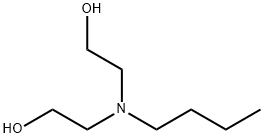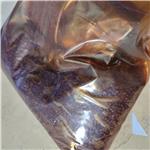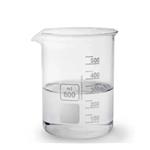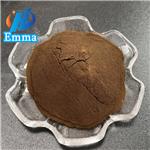Chemical Properties
colourless to light yellow liquid
Uses
N-Butyldiethanolamine (H
2bdea,
N-
n-butyldiethanolamine) has been used in the synthesis of the following complexes (Hdnba = 3,5-dinitrobenzoic acid, Hpta =
p-toluic acid, H2tpa = terephthalic acid):
- new mononuclear [Cu(Hbdea)2]·2Hdnba , dinuclear [Cu2(μ-Hbdea)2(N3)2] and [Cu2(μ-Hbdea)2(pta)2]·2H2O
- 1D polymeric [Cu2(μ-Hbdea)2(μ-tpa)]n·2nH2O copper(II) compounds
- tetranuclear 3d-4f single-molecule magnet (SMM) complexes
General Description
N-Butyldiethanolamine (
N-
n-butyldiethanolamine) is a tertiary amine. It acts as an
N-substituted diethanolamine ligand. It reacts with chromium(II) and lanthanide(III)/rare earth salts (Ln = La, Ce, Pr, Nd, Sm, Eu, Gd, Tb, Dy, Ho, Er, Tm, Yb, Lu, Y) in the presence of coligands to afford three series of isostructural 1:1 3d(Cr(III))/4f(Ln(III)) coordination cluster compounds.
Flammability and Explosibility
Non flammable
Safety Profile
Mddly toxic via
ingestion. A skin and severe eye irritant.
Combustible when exposed to heat or
flame. To fight fire, use alcohol foam, foam,
CO2, dry chemical. Incompatible with
oxidizing materials. When heated to
decomposition it emits toxic fumes of NOx.
See also AMINES.
Toxics Screening Level
The initial threshold screening level (ITSL) for Butyldiethanolamine is 14 μg/m3 annual avg based on this LD-50 using the equation in R232(1)(h).




